In Astronomy, there are thirteen constellations that reside along the ecliptic (the path the Sun takes through the sky year-round). This means as the Sun moves through the sky from month to month, it will be found within the boundaries of certain constellations.
Astrologically, the sky is divided into twelve "houses" of 30° each. In astronomy, the constellations of the astronomical zodiac is not so evenly divided, and we've thrown in one more constellation because the Sun does spend some time in one corner of it. The planets and the Moon also move within the ecliptic.
Because the Earth is tilted, the ecliptic doesn't match up with the equator except on equinoxes twice a year.
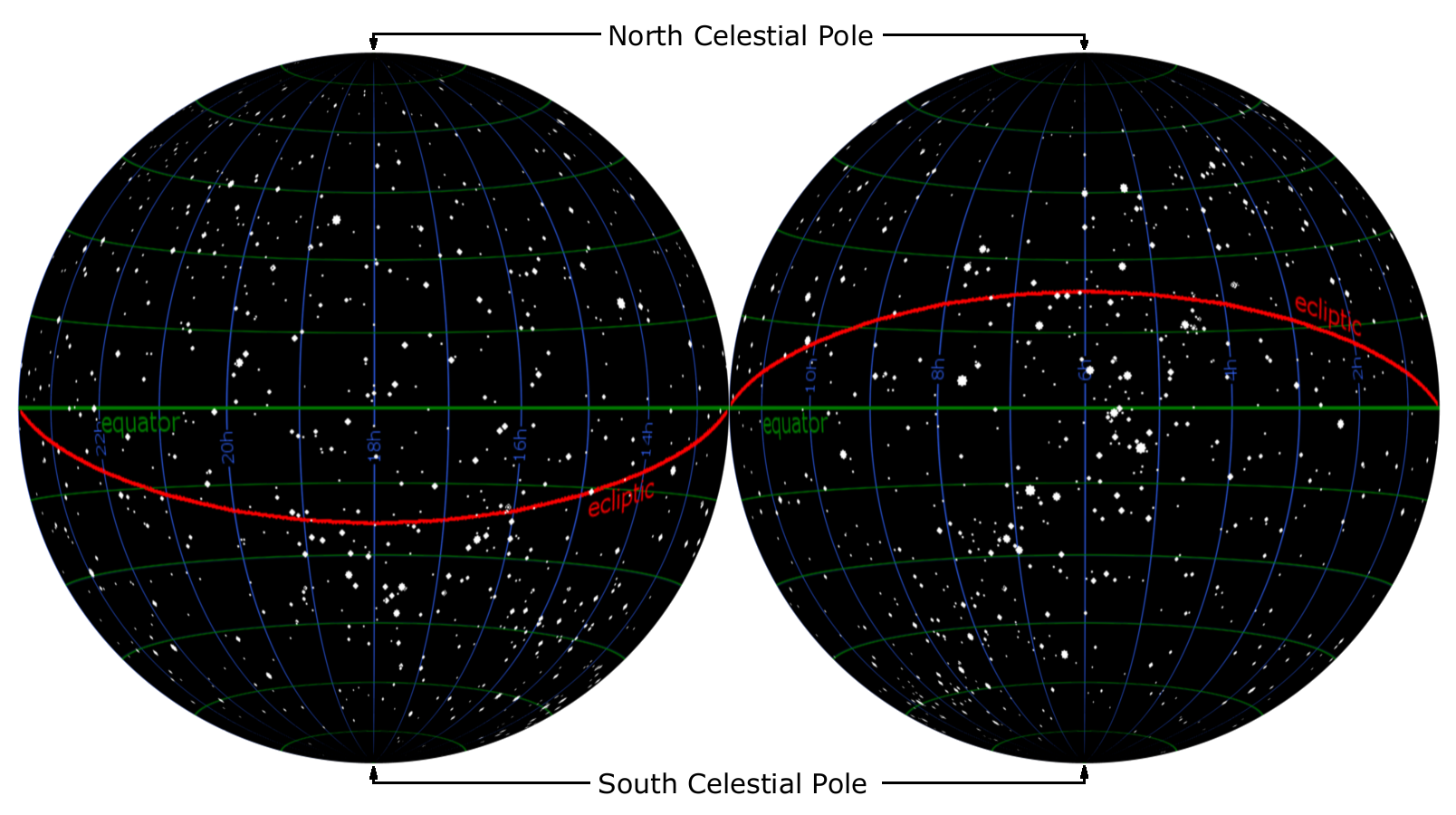 |
| The red line is the path the Sun takes. The green line is the equator. |
When it comes to measuring where stuff is in the sky, there's two axes of celestial coordinates: declination (DEC) and right ascension (RA).
Declination measures north/south in degrees: North (90°) to Equator (0°) to South (-90°).
Right ascension measures eastward from a point of origin (the vernal/spring equinox) in hours, with there being 24 hours in a full circle, due to the rotation of the Earth. This is because astronomers measure right ascension by timing when an object passes through the highest point in the sky, or the meridian. Each hour is about 15° in width.
Anything anywhere in the sky can be given a set of coordinates.
Looking at the star of Betelgeuse: DEC +07° 24′, RA 05h 55m
This means Betelgeuse sits about seven degrees north of the equator, and on the spring equinox (21 March), it takes about five hours and fifty-five minutes before it reaches the meridian of the sky.
Let's look at the Zodiac astronomically.
Here's the actual map:
As you can see, the constellations take up different areas of real estate. Sometimes the Sun will spend as little as a few days in some constellations and several weeks in others.
Right ascension starts on the spring equinox and is also called the "First Point in Aries"... however, due to precession, the spring equinox actually lies in Pisces today! Here's how much it's shifted over the past seven thousand years:
(A brief word about something called precession: the Earth wobbles on a long-term cycle of about 26,000 years, where her north pole points to different parts of the sky. (Polaris isn't always going to be the North Star.) Because of this, the constellations have shifted from where they were originally observed a few thousand years ago, and don't line up with the calendar we know and love today. Your astrological zodiac sign no longer corresponds with the constellation of the same name. Sorry.)
We'll start on the vernal equinox and have a look at all the Zodiac constellations.
| Constellation: | Coordinates: | Sun enters/exits: | Time in constellation: |
| Pisces | RA: 1h DEC: 5° | 12 March – 18 April | 38 days |
| Aries | RA: 2h DEC: 15° | 19 April - 13 May | 25 days |
| Taurus | RA: 4h DEC: 15° | 14 May - 19 June | 37 days |
| Gemini | RA: 7h DEC: 20° | 20 June - 20 July | 31 days |
| Cancer | RA: 9h DEC: 20° | 21 July - 9 Aug | 20 days |
| Leo | RA: 11h DEC: 15° | 10 Aug - 15 Sept | 37 days |
| Virgo | RA:13h DEC:0° | 16 Sept - 30 Oct | 45 days |
| Libra | RA: 15h DEC: -15° | 31 Oct - 22 Nov | 23 days |
| Scorpio | RA: 17h DEC: -30° | 23 Nov - 29 Nov | 7 days |
| Ophiuchus | RA: 17h DEC:-30° | 30 Nov - 17 Dec | 18 days |
| Sagittarius | RA: 19h DEC: -25° | 18 Dec - 18 Jan | 32 days |
| Capricorn | RA: 21h DEC: -20° | 19 Jan - 15 Feb | 28 days |
| Aquarius | RA: 22h DEC: -10° | 16 Feb - 11 March | 24 days |
Which is your favourite zodiac constellation?
What is your astrological zodiac sign, and what is your astronomical zodiac constellation (based on your birthday)?
___________________________________
Her Grace is fond of Scorpius, because it really does look like a scorpion.
If you wish to explore more Astrological applications of the Zodiac, check out Chris Votey's "Madness of a Modern writer" A to Z challenge where he's been combining the Greek and Chinese Zodiacs to create character profiles. It's been fun for me, from a writer's point of view.










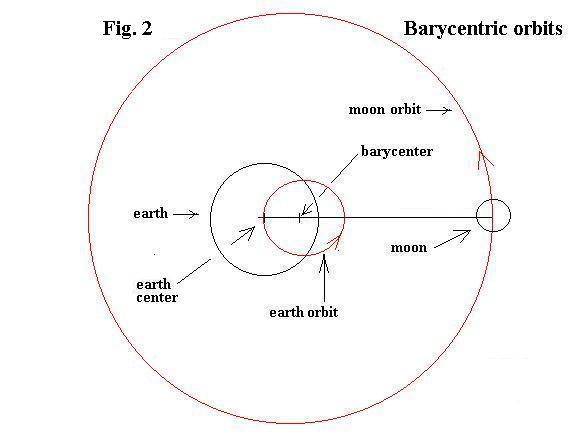


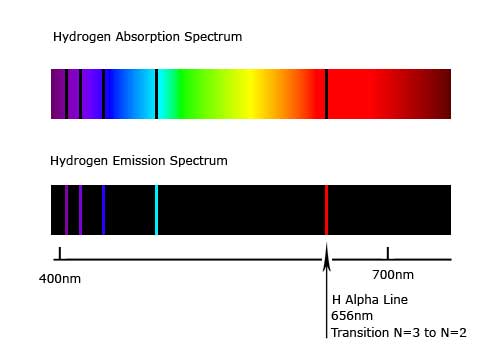











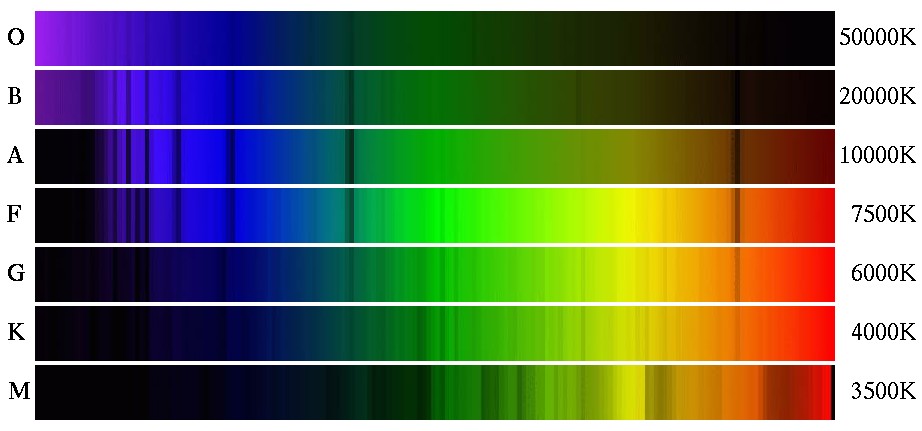

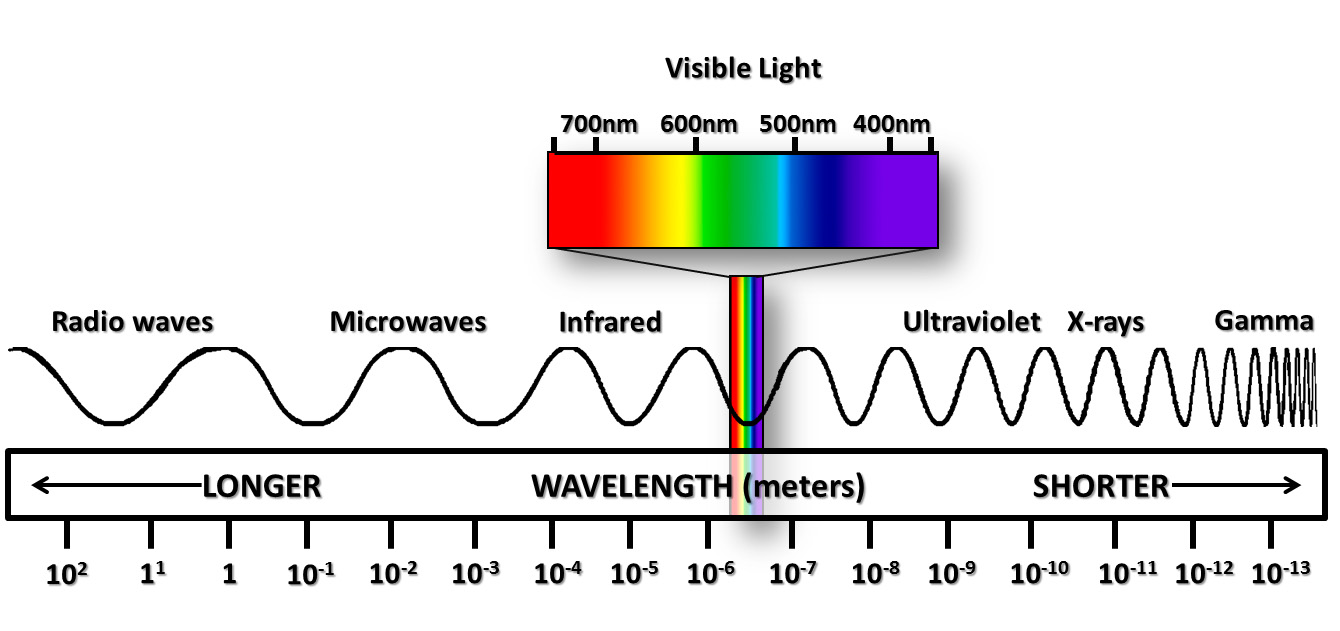
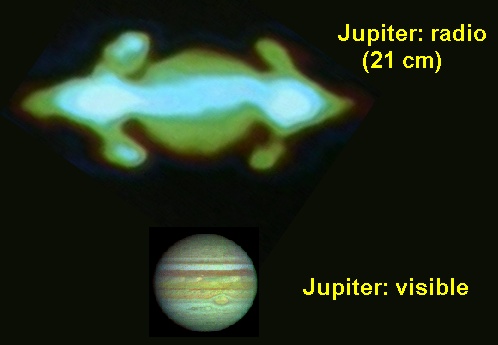

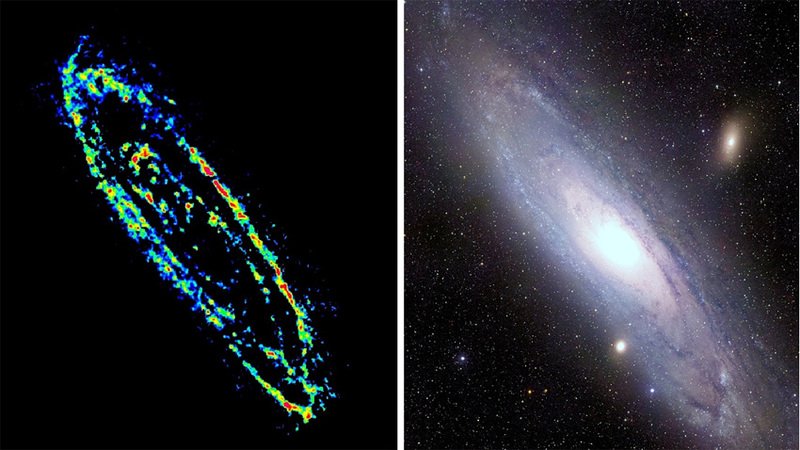


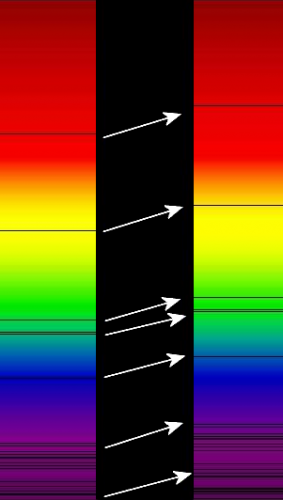








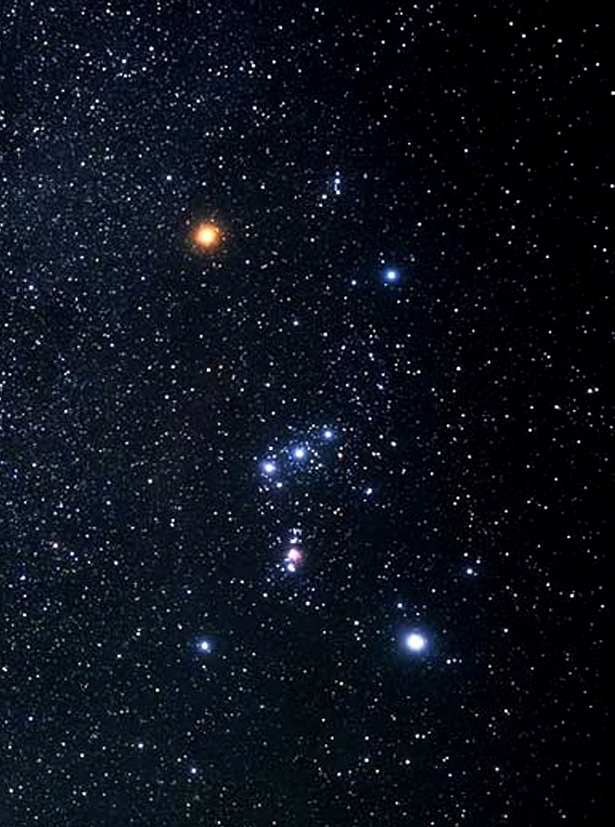
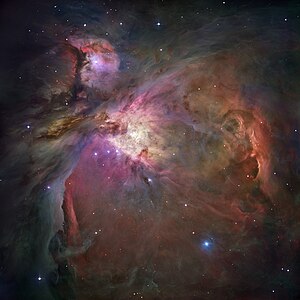
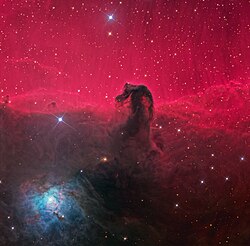
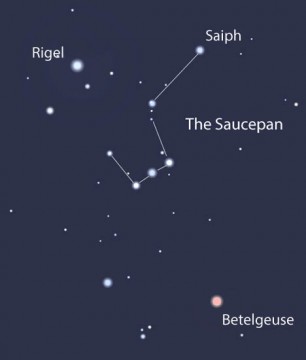

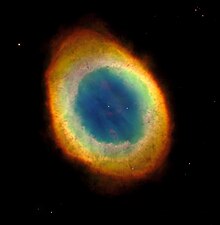





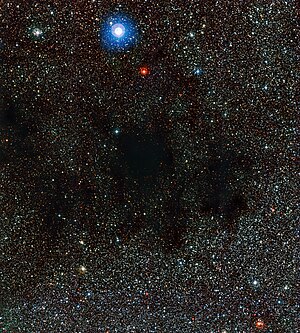
.jpg/500px-Orion_Nebula_with_proplyd_highlights_(captured_by_the_Hubble_Space_Telescope).jpg)